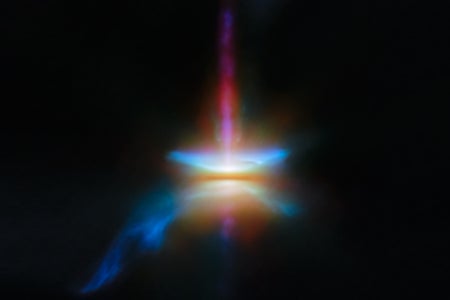
JWST Spies a Giant Space Hamburger—and Maybe Planetary Origins, Too
It’s neither fast nor food, but a spectacular object called HH 30 looks appetizing for astronomers in a new image from the James Webb Space Telescope

JWST Spies a Giant Space Hamburger—and Maybe Planetary Origins, Too
It’s neither fast nor food, but a spectacular object called HH 30 looks appetizing for astronomers in a new image from the James Webb Space Telescope
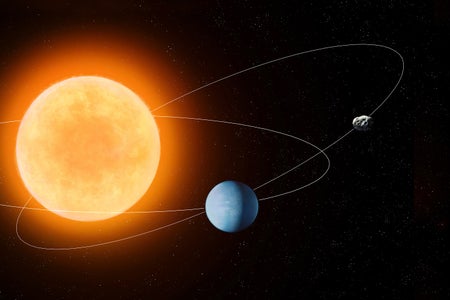
How Can We Know If an Asteroid Will Hit Earth?
“Keep your eye on the ball” is a motto for many athletes—and for astronomers trying to find Earth-threatening space rocks

How Many Planets Are in the Solar System?
The number of planets that orbit the sun depends on what you mean by “planet,” and that’s not so easy to define

Saturn’s Rings Are Disappearing—But They’ll Be Back
This year, from Earth’s perspective, Saturn’s rings will appear nearly edge on, making them almost invisible
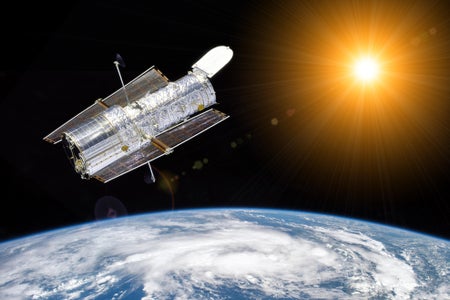
NASA’s Hubble Space Telescope Was Never Meant to Look at the Sun. Astronomers Tried It Anyway
A little-known chapter of the Hubble Space Telescope’s history is a reminder of the risks of looking at the sun
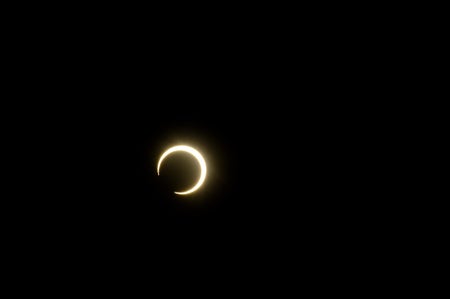
Here’s What to Watch in 2025’s Skies
The heavens will provide a bounty of viewing treasures in the coming year
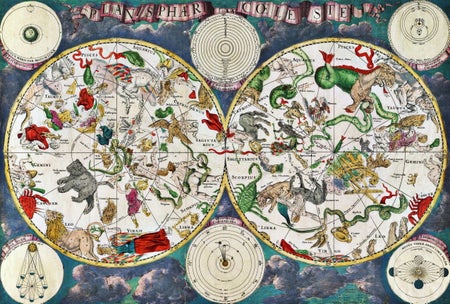
What Is the Zodiac—And What Does It Mean for You?
The familiar zodiac constellations are defined by Earth’s motion around the sun, but they don’t define your fate
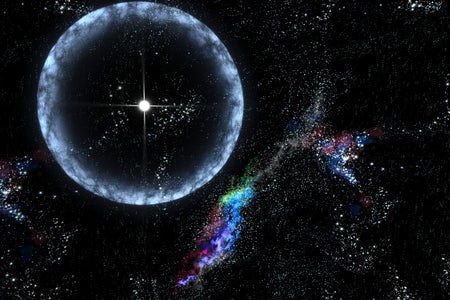
An Earth-Rocking Cosmic Explosion Turns 20
Twenty years ago today a magnetar’s epic tantrum made our planet ring like a bell from tens of thousands of light-years away

What’s in a (Star’s) Name?
With billions of stars in the Milky Way, some nomenclature standardization is necessary

How Do Astronomers Navigate the Sky?
The celestial equivalent to latitude and longitude lets astronomers find their way across the heavens
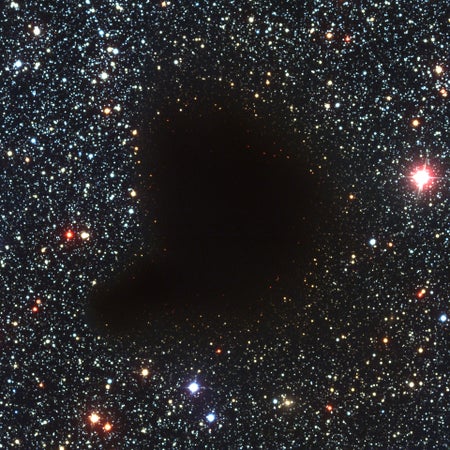
What’s Inside Our Galaxy’s Darkest Place?
Barnard 68 is often mistaken for a hole in space, but it’s actually a dense, opaque cloud of dust—for now
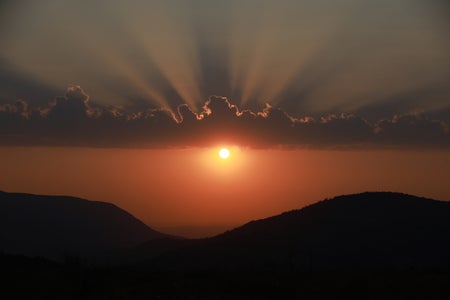
Sunbeams and the Belt of Venus Are Delightful Twilight Sights
“Twilight rays” are but one of several viewing treats for the liminal time between day and night